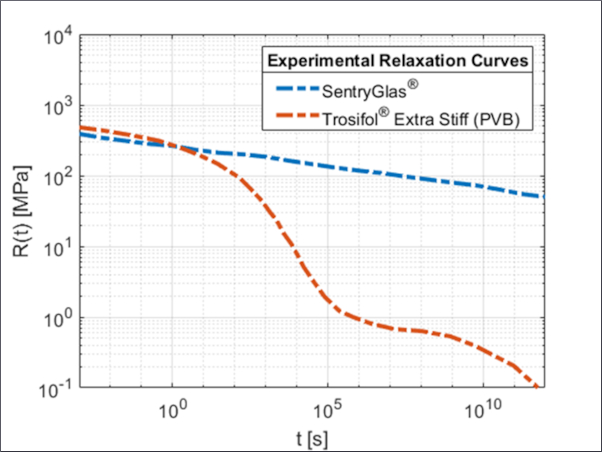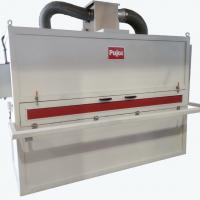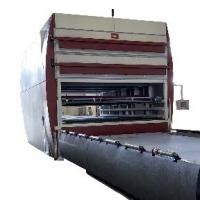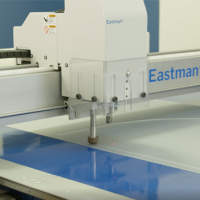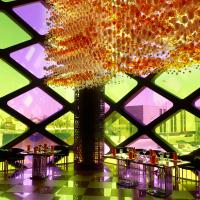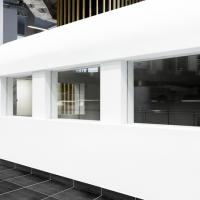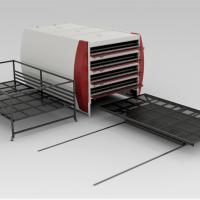The World Health Organization (WHO) has identified noise as one of the major pollutants in our environment and society. The population density is increasing, buildings are being built closer and higher and we are spending more time indoors than ever before.
At the same time , we are delving into health and wellness awareness with gusto and zeal. We demand a connection with the outdoors, we crave natural daylight to glide from the glassy plane of our windows deep into our offices, conference rooms, schools and homes. We seek the most efficient materials for our structures with the least waste and environmental impact. We strive for healthy comfort within a circular economy.
Glass is a magical material. Its transparency allows us a protected connection with the outdoors, invites light through it, is strong, durable and recyclable. Designs call for large expanses of glass because of these reasons. In the past, this design trend would wrestle with a downfall: it would be hampered by an assault of noise. Noise and natural light come through the glazing like a couple of kids joined together in a three-legged race. The good and the bad, the beauty and the beast.
Well, even the beast can be tamed with the right spell! Our noise beast has met its match with Saflex® Acoustic (Q series) PVB, a tri-layer interlayer used in the production of laminated glass.
For years, acousticians and technical liaisons would craft glazing configurations, swapping and switching glass thicknesses and increasing air spaces to get the level of acoustic performance demanded by the applications and their clients. Many buildings, especially multiuse buildings and those around airports, train tracks, or heavy traffic, would require insulating glass configurations with abnormally large air spaces to get close to the acoustic damping needed.
Saflex Acoustic interlayer can reduce about half the noise coming through
Saflex Acoustic interlayers bring an incredible amount of noise damping in the range where glass typically experiences its critical frequency – the frequency where sound flows easily through a material. In fact, a laminate with Saflex Acoustic interlayer can reduce about half the noise coming through it at the critical frequency versus a similar non-laminated construction.
The damping ability of Saflex Acoustic also allows those abnormally large air spaces to be reduced significantly, thus reducing the overall thickness of the glazing. An example of thickness reduction can be seen when comparing two configurations having the same single number acoustic ratings.
For this comparison, we will look at two configurations with a sound transmission class (STC) or weighted reduction (Rw) value of 44 and an outdoor-to-indoor transmission class (OITC) value of 35–36. Both configurations have an outboard (O/B) glass of 6 mm, and the interlayer thickness for the laminates is 0.76 mm. The first configuration uses conventional Saflex Clear interlayer, has a large air gap of 114 mm, and uses two pieces of 3-mm glass on the inboard-facing laminate.
The overall thickness of the unit is 126.76 mm. The second configuration uses Saflex Acoustic interlayer, has a standard gap of 12 mm, and uses two pieces of 5-mm glass on the inboard-facing laminate. The overall thickness of the unit is 28.76 mm. The STC/Rw rating for the two constructions is identical. The OITC values are within 1 unit of each other as are the decibel reduction values. Although the second construction has 4 mm more glass, the overall thickness reduction of the unit with Saflex Acoustic is 98 mm. That’s a difference in thickness equivalent to a stack of 129 credit cards!
Table 1: Comparison of Thickness for Similar STC | Rw performance

This overall glazing thickness reduction afforded by the use of Saflex Acoustic versus conventional PVB has other benefits as well. The frame design may be less complex as it allows for normal glazing pockets to be used and the potential reduction in the robustness of the frame material itself.
The savings continue when one considers boxing, storage and transportation of the thinner configurations take up less space allowing more units per crate, more crates per truck, less footprint in the warehouse and even potentially requiring less human or crane power for installation.
The use of Saflex Acoustic PVB interlayer also brings many benefits from acoustic to UV screening. Let this magical interlayer cast its spell on the noise beast and cut things down to the right size for your laminated glass project.








